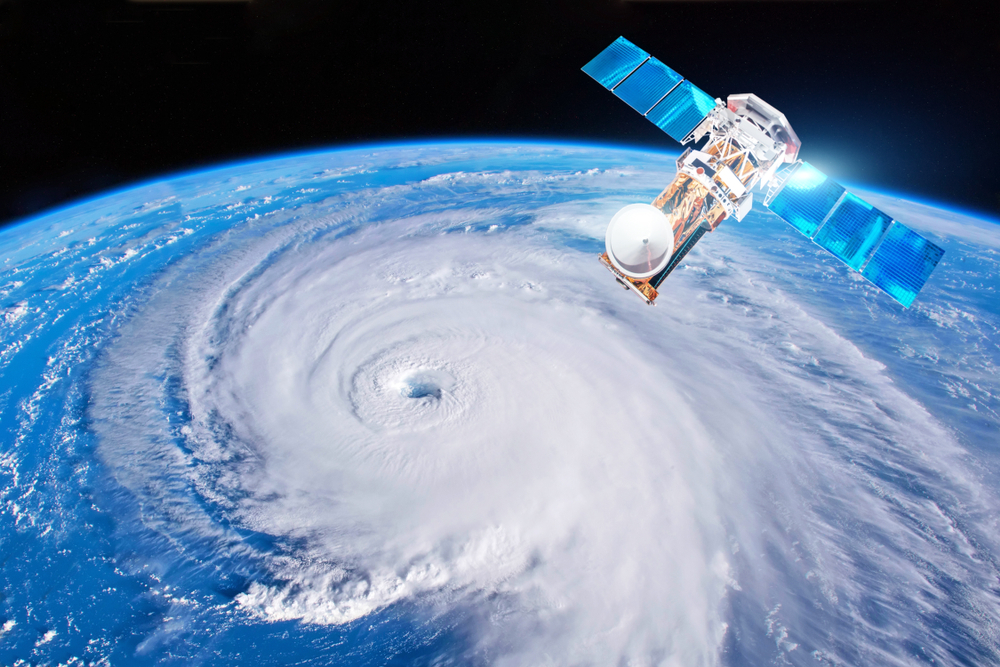When we think about our military, we tend to think about its role in deterring attacks from our adversaries, and in responding to aggressive actions that undermine our national security. But the military has a much larger mission than that. The United States military is often brought in to help respond to natural disasters and other emergency scenarios – both at home and abroad.
Considering the recent events of just the past few years, this is an increasingly important role and mission for our military.
Last year’s hurricane season brought three separate “100 year” storms to the Unites States in Hurricanes Maria, Irma and Harvey. This year’s hurricane season has brought us another, already, in Hurricane Florence, which pummeled the eastern shores of the Carolinas – flooding major roads, toppling trees, stranding people in their homes and leading to the deaths of 40 people.
These examples were just within the United States. Many other nations across practically every continent also experienced significant natural disasters in recent history – from monsoons and flooding across Southeast Asia, to an earthquake in Mexico. What’s worse, many of these weather-related natural disasters – such as hurricanes and flood events – are only expected to increase in ferocity and frequency as the global climate changes.
Needless to say, it’s more important now than ever that our military is prepared to respond to these global disasters – helping to save lives, mitigate damage and play key humanitarian roles in impacted areas. To accomplish this effectively on a global stage, the military needs to be able to work seamlessly with our allied nations.
Lessons Learned from INDOPACOM’s 2018 Pacific Endeavor Exercise
This need to communicate effectively with our alliance partners was on display recently when I had the opportunity to attend INDOPACOM’s 2018 Pacific Endeavor in Kathmandu, Nepal.
For those who aren’t familiar, the Pacific Endeavor Exercise is a multinational risk reduction and communications interoperability exercise with the goal of better enabling information sharing and capacity building across more than 20 partner nations. This annual event brings together more than just government organizations, it also gets representatives from the Unite Nations, nongovernmental organizations, academia and private industry into the same room to ensure that communications and collaboration are possible when disaster strikes.
Pacific Endeavor is unique in that its focus and format changes year over year. In odd years, it’s comprised of tabletop exercises. In even years, it focuses on technical interoperability and testing. Being an even year, technical interoperability was the focus of this year’s event.
SES was on hand to participate in the Industry Day during the event, as well as deliver presentations about the role of satellite in disaster response. To say that our message about satellite in emergency response and preparedness was well received would be an understatement.
Lack of fiber infrastructure in the Pacific serves as opportunity for MEO satellites
What we heard from many of the government participants at this year’s Pacific Endeavor Exercise was that their theater provides unique disaster response and emergency preparedness communications challenges for government and military organizations. The Pacific theater is vast, and mostly a maritime environment. In emergency and disaster situations, terrestrial networks are often compromised. In the Pacific, terrestrial networks don’t have to be compromised – they may not exist in the first place.
Regardless of whether terrestrial networks simply don’t exist, or are compromised by a natural disaster, satellite can be relied upon to quickly and efficiently reconstitute communications between strategic and alliance partners. This is essential in disaster response situations, both for enabling collaboration and coordinating efforts, and for delivering essential intelligence and information to military personnel on the ground.
What was even more exciting for the government leaders and decision makers that we spoke to was what new innovations and technologies in space can deliver for the disaster response and emergency preparedness efforts. Much discussion centered around the emergence of MEO and LEO satellite constellations, including the O3b MEO satellite constellation operated by SES.
These new, advanced satellite constellations are high throughput satellites located strategically closer to Earth than traditional GEO satellites. This means that they’re capable of delivering immense bandwidth at extremely low latency, opening the door for more data and larger files to be distributed to areas impacted by disasters. This is a gamechanger, capable of enabling the distribution of even the largest geo-intelligence files and ISR video files to those that need the most – the boots on the ground.
We’re experiencing previously unheard of natural disasters at an increasingly alarming rate. What were once considered “100 year storms” are no longer only happening every 100 years – they’re happening multiple times per year. When these storms strike, and when other natural disasters happen, our military is often amongst the first to respond. In these situations, it is essential to have communication between our forces and allied nations, a common network where information can be shared, and the geo and intelligence data necessary to help our soldiers make informed decisions for their safety and the safety of those around them.
Military leaders know the importance of shared comms and real time data in these environments. So, it was really no surprise at all to see how excited they were about the innovation that’s occurring in the commercial satellite space. The disasters of the future will see a response from a coalition of allied nations, and those individuals will be informed and collaborate thanks to commercial satellite capabilities.
